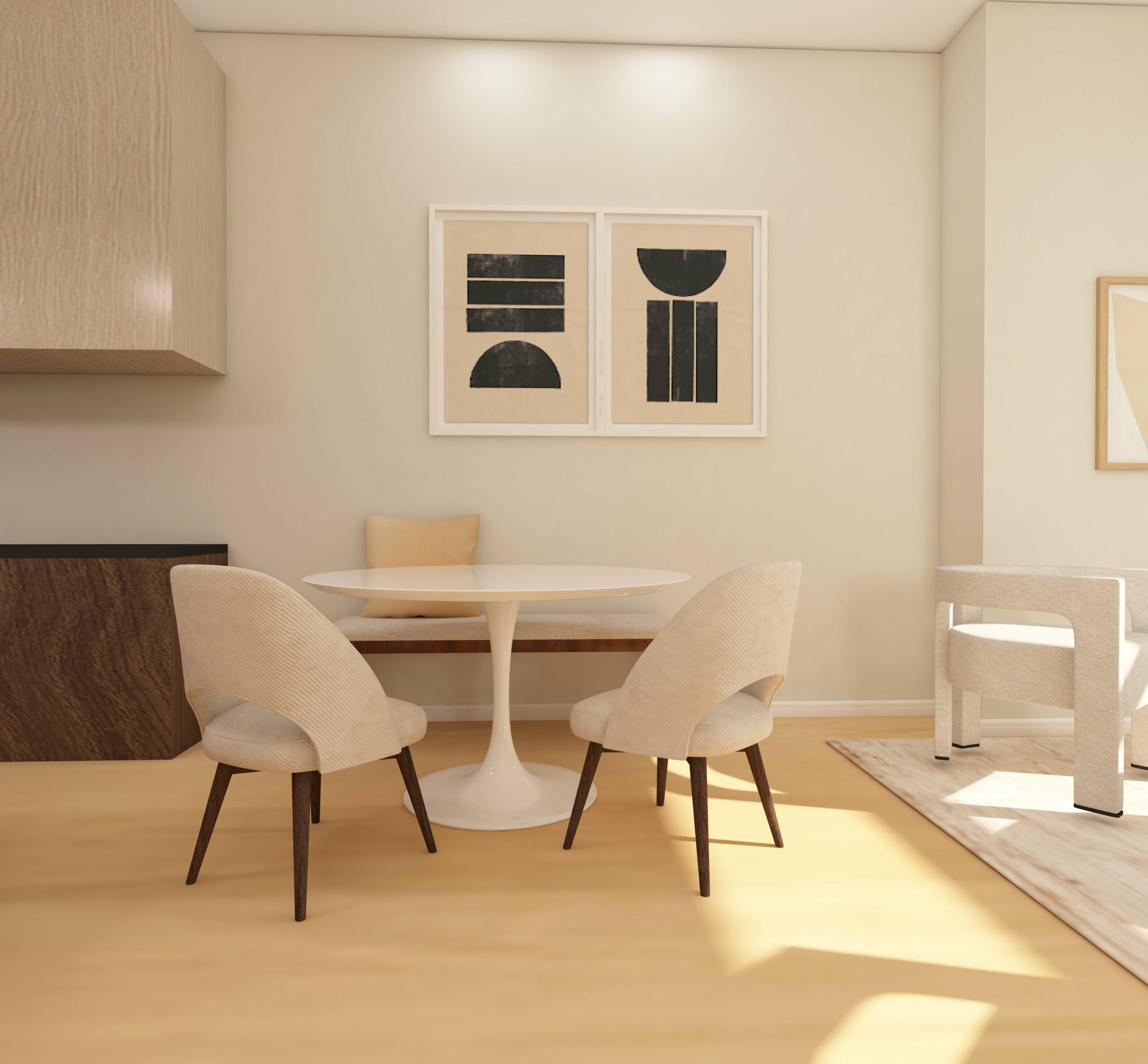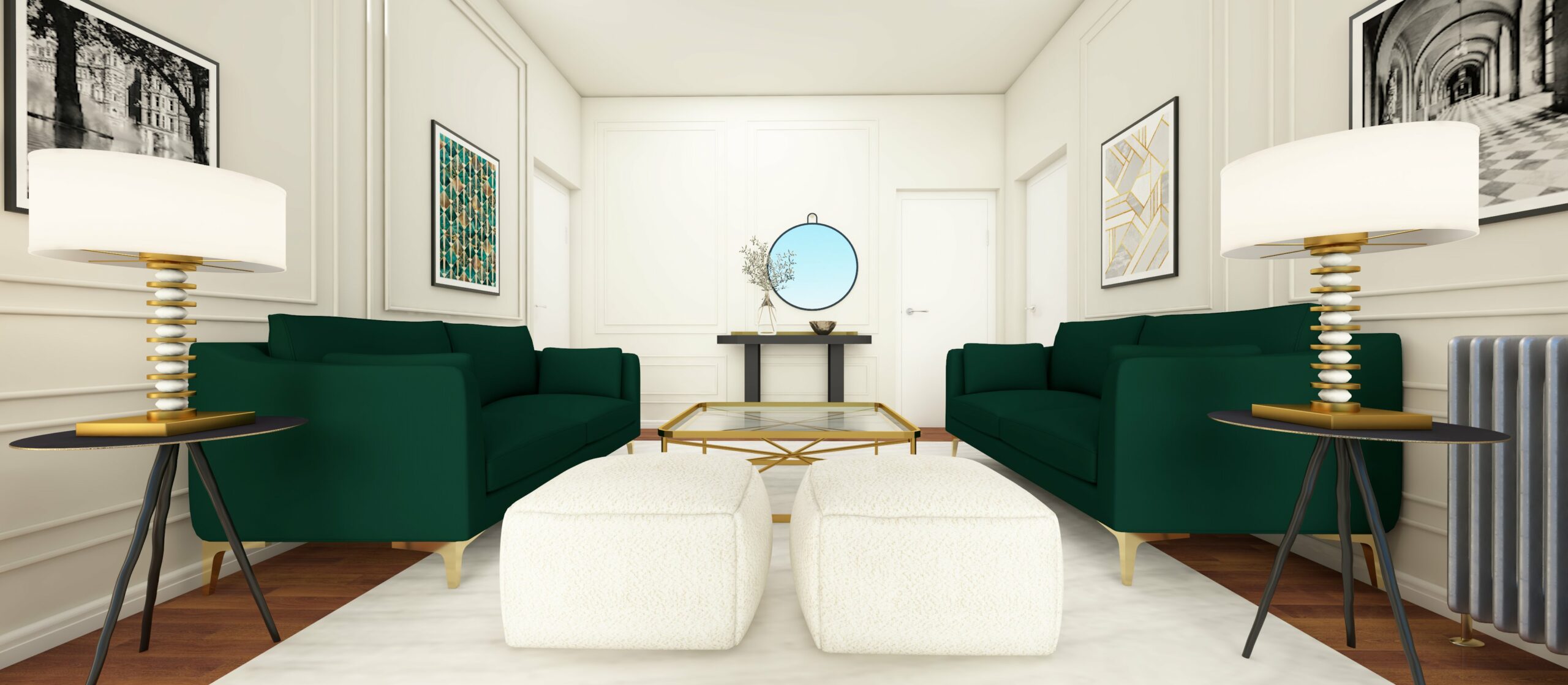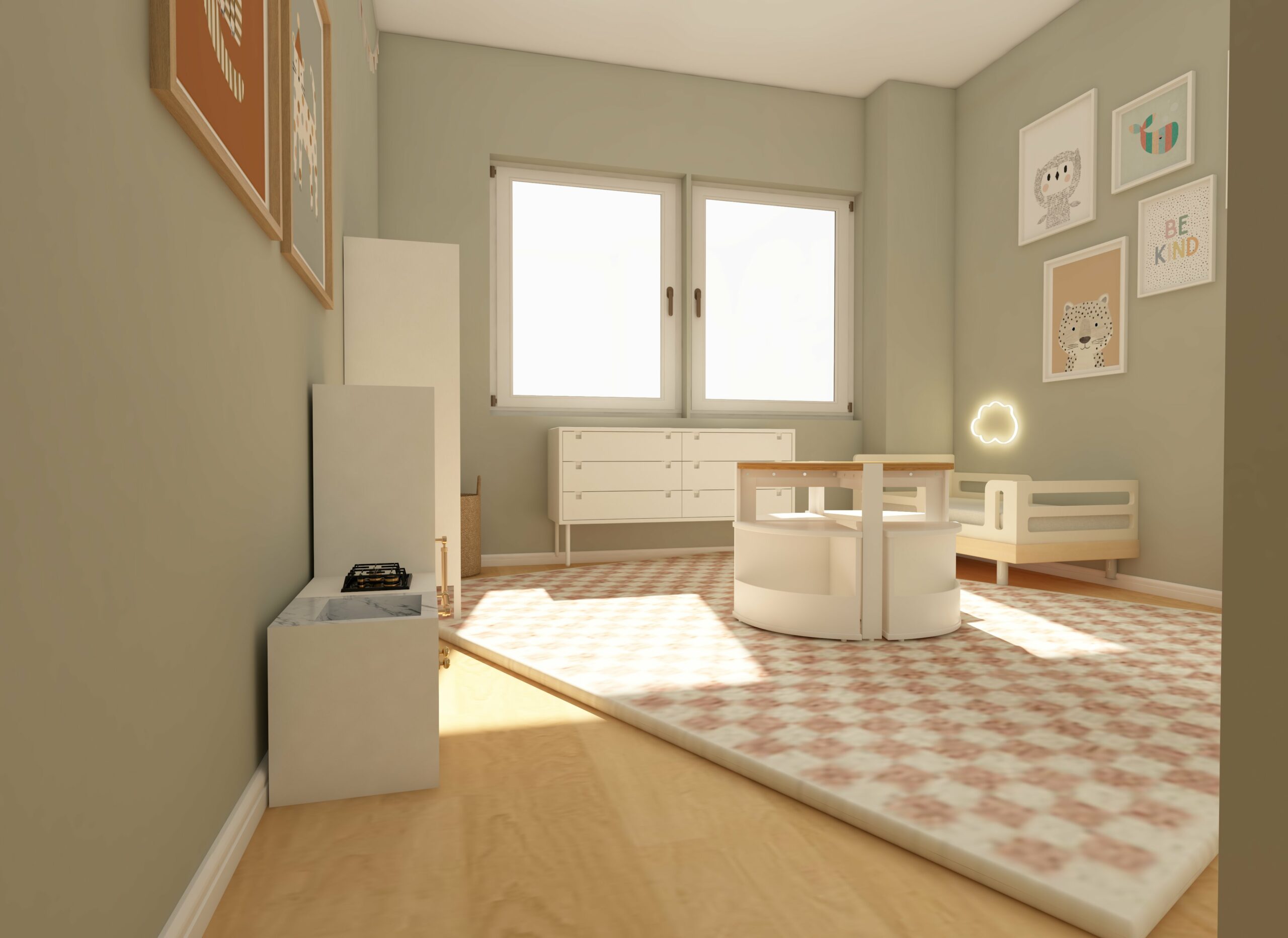When it comes to selling a house, first impressions are everything. Home staging is a critical aspect of the selling process, as it helps potential buyers visualize themselves living in the space. One of the most critical components of home staging is selecting the right colours for your home. The perfect colour palette can create a welcoming atmosphere, make rooms feel more spacious, and highlight the best features of your house. In this article, we will explore the most effective colours for home staging, the psychology behind these choices, and how to incorporate them into your home to attract potential buyers.
Neutral Colours: The Foundation of Home Staging
Neutral colours are often considered the backbone of home staging. They provide a versatile and timeless backdrop that allows buyers to easily envision their own furniture, artwork, and personal touches in the space. Choosing the right neutral shades is crucial for creating a calm and inviting atmosphere. If you don’t know where to start and you need help, reach for a professional like Design by Anaïs, that can help you with home design.
Shades of White and Off-White
White is a classic choice for home staging, as it creates a clean and fresh appearance. It also reflects light well, making rooms appear more spacious and open. Off-white shades, such as ivory, cream, or beige, can add a touch of warmth while still maintaining a neutral look.
When using white or off-white, it’s essential to consider the undertones. For example, a warm-toned white with yellow or pink undertones will complement natural wood furniture and warm-toned flooring. On the other hand, a cool-toned white with blue or gray undertones may work best with modern, minimalist décor.
Soft Grays and Greiges
Gray has become increasingly popular in home staging over the past decade, thanks to its modern and sophisticated appeal. Lighter shades of gray can create a sense of tranquility and elegance, while darker shades add depth and richness.
Greige, a blend of gray and beige, is another versatile neutral option. It strikes a balance between warm and cool tones, making it a perfect choice for a variety of styles and architectural features.
Accent Colours: Adding Character and Personality
While neutral shades provide a solid foundation, incorporating a few well-chosen accent colours can add character and personality to your home staging. These colours should complement the neutral base and highlight the best features of your house.
Shades of Blue
Blue is a popular choice for accent colours, as it evokes feelings of calm, serenity, and relaxation. Lighter shades of blue, such as sky blue or powder blue, can create a soothing ambiance in bedrooms and bathrooms. Deeper shades, like navy or royal blue, can add a touch of sophistication and drama to living rooms, dining rooms, or entryways.
Blue can also be used to create a coastal or nautical theme, which is particularly fitting for homes located near the water.
Earthy Greens
Green is another excellent choice for accent colours, as it represents nature, growth, and renewal. Earthy shades of green, such as sage, olive, or moss, can bring a touch of the outdoors inside and create a calming atmosphere. These shades work particularly well in living rooms, bedrooms, and bathrooms, where buyers desire a peaceful and soothing environment.
Warm and Inviting Yellows and Oranges
Yellows and oranges can add warmth and energy to a room, making it feel more welcoming and inviting. These colours are especially effective in kitchens and dining rooms, where they can stimulate conversation and appetite. However, it’s essential to choose these colours carefully, as overly vibrant shades can be overpowering and create a sense of unease.
The Art of Colour Coordination
Now that you have a better understanding of the best colours for home staging, it’s essential to consider how to coordinate these colours throughout your house. The goal is to create a harmonious and visually appealing flow from room to room.
Repeat Colours for Consistency
Use a consistent colour palette throughout your home to create a cohesive and harmonious look. This doesn’t mean every room must be painted the same colour, but there should be a clear connection between the colours used in adjacent rooms. For example, if you have a light gray living room, consider using a soft blue or earthy green as an accent colour in the adjacent dining room.
Balance Warm and Cool Tones
When coordinating colours, it’s essential to strike a balance between warm and cool tones. Too many warm colours can make a space feel overly cozy and small, while too many cool colours can create a cold and uninviting atmosphere. Mixing warm and cool colours will create a balanced and visually appealing environment.
Consider the Lighting in Each Room
The lighting in a room has a significant impact on how colours appear. Natural light can make colours seem brighter and more vibrant, while artificial light can cause colours to appear more muted or dull. When choosing colours for your home staging, consider the type and amount of light each room receives and adjust your colour choices accordingly.
Home Staging Best Practices
In addition to selecting the right colours, it’s essential to follow some general home staging best practices to ensure your house is presented in the best possible light.
Declutter and Depersonalize
It’s crucial to declutter and depersonalize your home before showing it to potential buyers. This includes removing personal items, such as family photos and knick-knacks, as well as clearing countertops, bookshelves, and closets of any unnecessary items. A clean, clutter-free environment allows buyers to focus on the home’s features and envision themselves living in the space.
Consider Furniture Placement and Layout
The layout and placement of furniture can have a significant impact on how spacious and inviting a room feels. Ensure furniture is arranged in a way that allows for easy traffic flow and highlights the room’s best features. Additionally, consider removing large or bulky pieces that may make a space feel cramped or overcrowded.
Add Finishing Touches
Finally, adding some finishing touches to your home staging can make all the difference. Fresh flowers, a bowl of fruit, or a beautifully set dining table can create an inviting and welcoming atmosphere. Additionally, pay attention to the smallest details, such as ensuring lightbulbs are functioning and replacing any worn or outdated fixtures.
By carefully selecting the right colours and following these home staging guidelines, you can create a visually appealing and welcoming environment that will attract potential buyers and help you sell your house faster and for a higher price.
The Role of Lighting in Home Staging
The lighting in your home plays a significant role in the overall atmosphere, greatly affecting the appearance of the chosen paint colors. It’s essential to carefully consider the impact of lighting on your home staging to create a warm and welcoming environment for potential buyers.
Natural Light vs. Artificial Light
Natural light has the ability to make paint colors appear brighter and more vibrant, while artificial light can cause colors to seem more muted or dull. When selecting paint colors for your home staging, evaluate the type and amount of natural light each room receives, and adjust your color choices accordingly. For example, north-facing rooms that receive less natural light may benefit from warmer paint colors, whereas south-facing rooms that receive ample sunlight may work well with cooler shades.
Layering Light Sources
Layering various light sources in a room, such as ambient, task, and accent lighting, can help create a welcoming atmosphere, as well as highlight your home’s best features. Incorporating a mix of table lamps, floor lamps, and wall sconces can help distribute light evenly throughout a room, enhancing the overall ambiance. Additionally, make sure to utilize dimmer switches, allowing potential buyers to easily adjust the lighting according to their preferences.
The right colours can make a world of difference when staging your home for sale. By carefully selecting a neutral color palette, incorporating strategic accent colors, and considering the impact of lighting, you can create a visually appealing and inviting environment that will attract potential buyers.
Remember to follow home staging best practices, such as decluttering and depersonalizing, considering furniture placement and layout, and adding finishing touches to make your home stand out in the competitive real estate market.
By leveraging the power of colour in your home staging, along with these essential guidelines, you are well on your way to selling your house faster and for a higher price.



